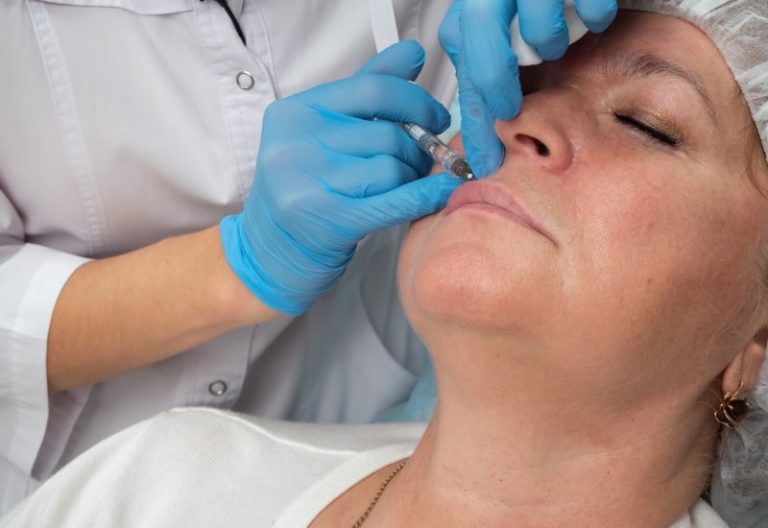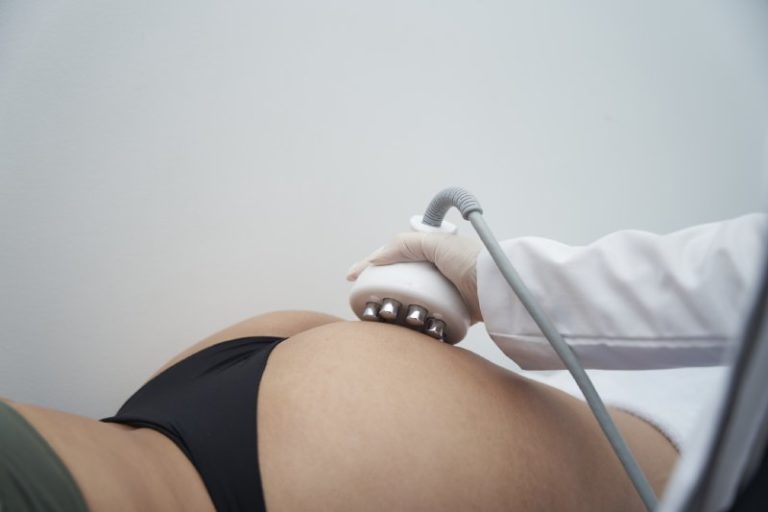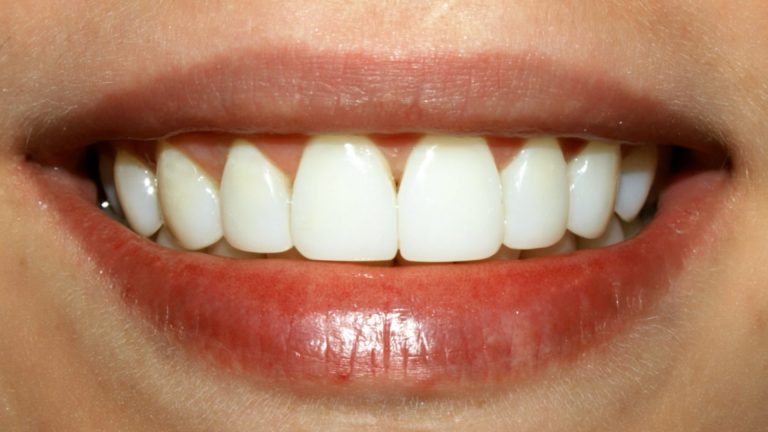Abdominoplasty
What is abdominoplasty?
Abdominoplasty, also known as "Tummy Tuck," is a sophisticated surgical procedure designed to sculpt and tone the abdomen. By removing excess skin and repairing weakened abdominal muscles, it provides a flatter and firmer abdominal contour.
At Cliniq, this is one of the most performed procedures, thanks to our experience and cutting-edge technology. Ideal for those who want to recover a slender figure and define their silhouette, especially after significant weight loss or pregnancies. It not only improves physical appearance, but also trust and well-being, ensuring lasting results with adequate post-operative care, all in an environment of medical excellence and personalized care.
Benefits of abdominoplasty for the body
Removal of redundant skin that does not respond to conservative measures such as diet and exercise.
Provides a flatter, firmer, more toned abdomen, improving the overall appearance of the body.
Corrects the separation of the abdominal muscles (diastasis of the rectus), strengthening the abdominal wall.
You can reduce or eliminate stretch marks located on the removed skin, especially those located under the navel.
Repair of the abdominal muscles can improve posture and reduce back pain associated with weak or separate muscles.
Provides long-lasting results, as long as a stable weight and healthy lifestyle are maintained.
How is an abdominoplasty performed?
The tummy tuck, or “Tummy Tuck,” is a PTech-assisted surgical procedure to remove excess skin and better define body contours.
A horizontal incision is made in the lower abdomen, through which excess skin is removed. The weakened abdominal muscles are sutured to create a firmer, more toned abdominal wall. Then the remaining skin is stretched down, and the navel is repositioned if necessary.
Finally, the incisions are carefully closed with sutures and bandages and compression garments are applied to support recovery. This procedure not only sculpts a flatter and more defined abdomen, but also strengthens the abdominal muscles, improving both the appearance and functionality of the body.

Results you can
reach and enjoy
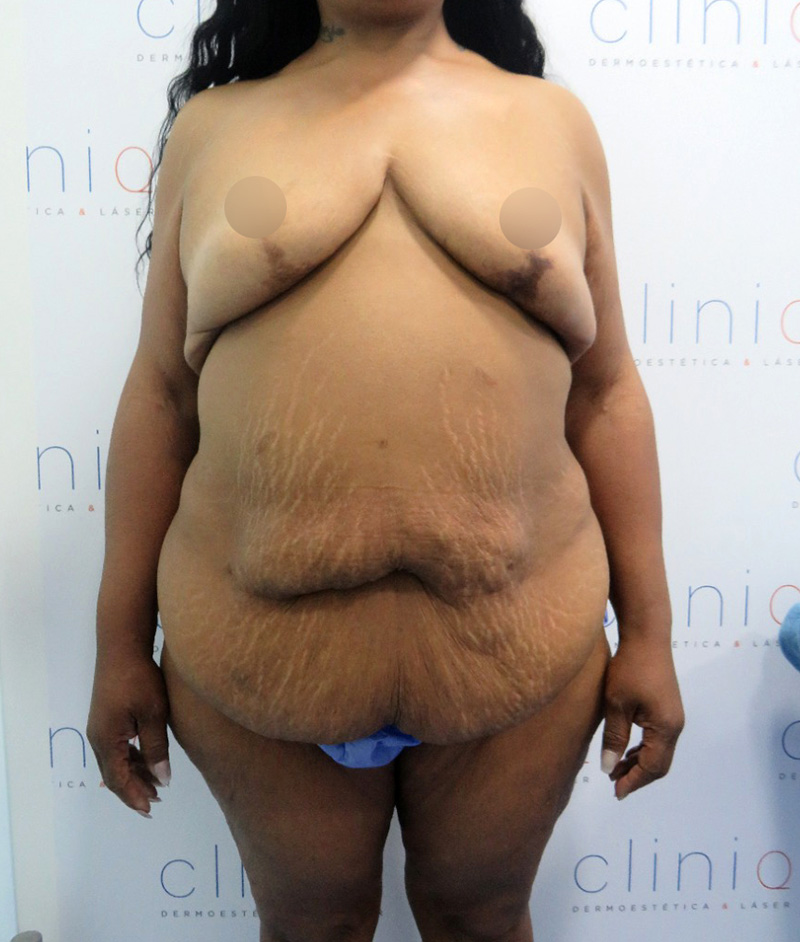

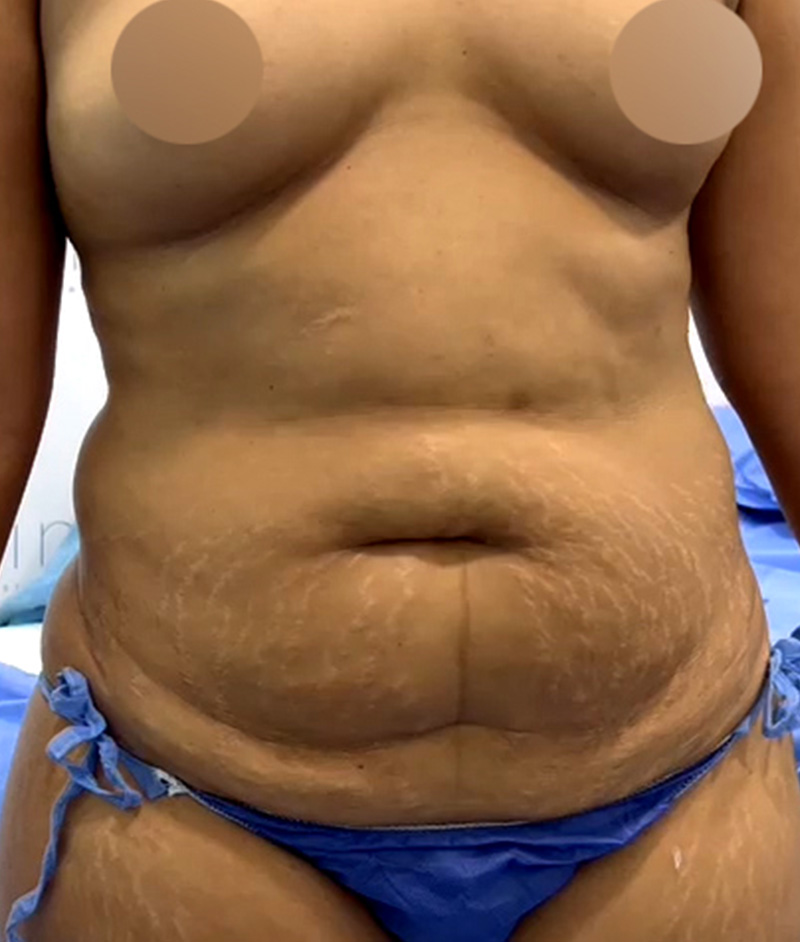
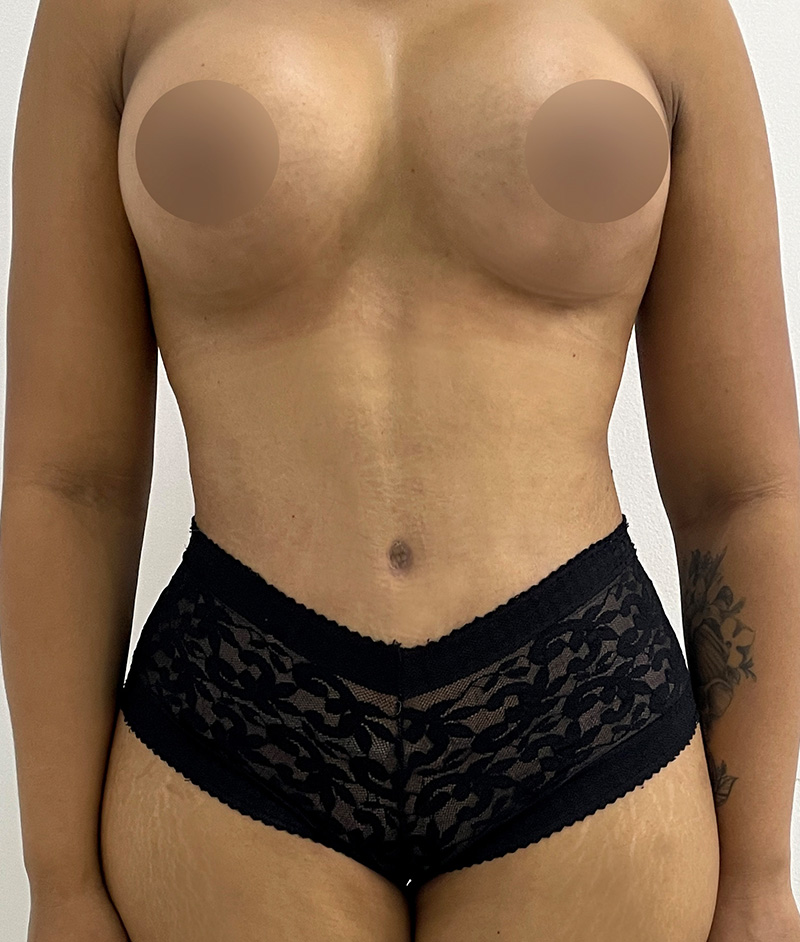
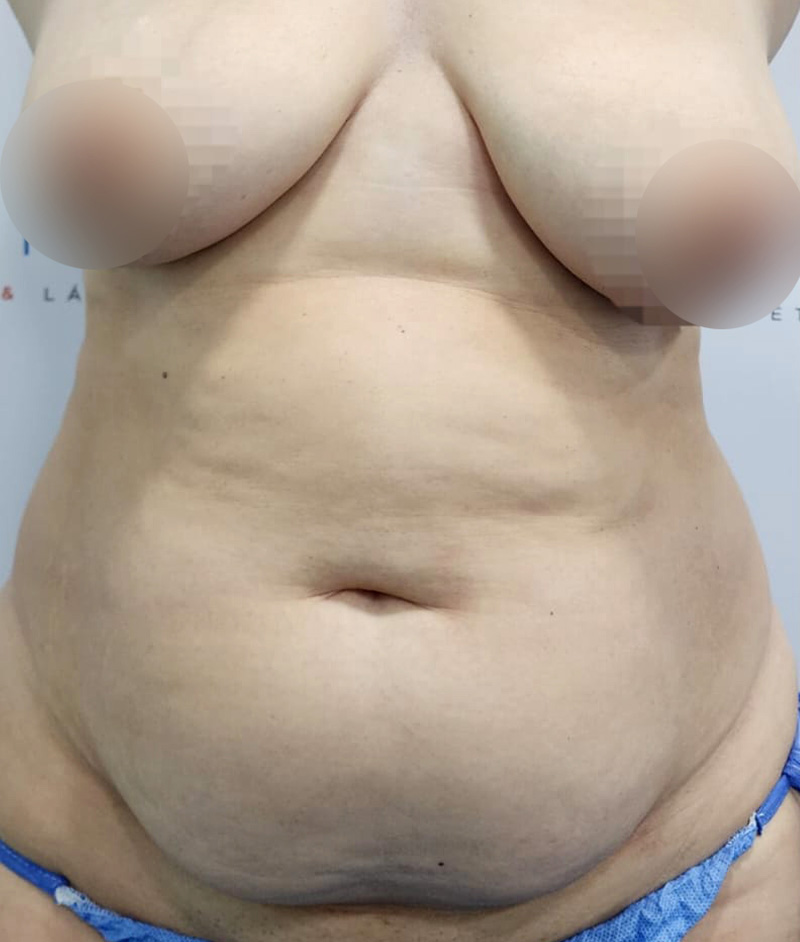
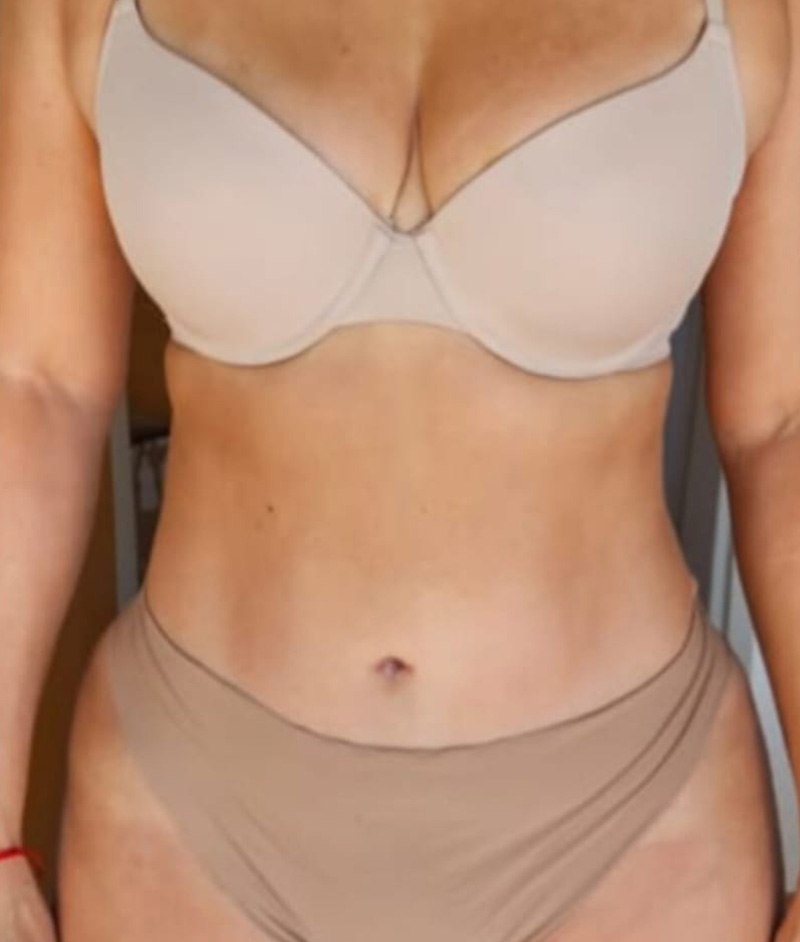
Learn more
In some cases, local anesthesia may be used along with sedation, but general anesthesia is the most common and recommended option to ensure maximum patient comfort and safety.
General anesthesia allows the surgeon to work safely and effectively, ensuring that the patient does not feel any discomfort while the incisions are made, the initial liposuction, the removal of excess skin and the suture of the abdominal muscles.
The decision will depend on the evaluation of the anesthesiologist.
Recovery from a tummy tuck is a gradual process that begins with a night of rest and pain management with analgesics. During the first week, it is crucial to start with postoperative procedures and the use of compression garments, in addition to taking care of the incisions and walking in moderation. Between the second and fourth week, normal activities are resumed and physical activity gradually increases, according to medical recommendations.
Maintain a balanced diet, avoid tobacco and alcohol, and follow the surgeon’s instructions are essential for a successful recovery.
Abdominoplasty carries a period of disability that varies according to the extent of the procedure and the individual response of the patient.
Immediate disability: Rest is required to monitor initial recovery and manage pain.
Short-term disability: Care at home, avoiding any intense physical activity. Most patients can get up and walk gently, but they should not do jobs or intense household chores.
Medium Term Disability: Complete recovery allows you to resume all activities, including vigorous exercise and intense physical activities, following the recommendations of the surgeon.
In general, it is crucial to follow medical directions, wear compression garments, and attend follow-up appointments to ensure proper and safe recovery.
Horizontal incision: The main scar is located in the lower abdomen, just above the pubic hair area, and extends from hip to hip, being hidden with underwear or bikini and thus eliminating all the aesthetic inconveniences. The length of the scar depends on the amount of skin that needs to be removed.
Navel scar: If the navel needs to be repositioned, there will be a small scar around it, which lightens well over time.
The final appearance of the scar can vary depending on the patient’s genetics, the surgical technique used and postoperative care. It is crucial to keep the incision clean and dry, following the instructions of the surgeon to prevent infections and promote healing.

